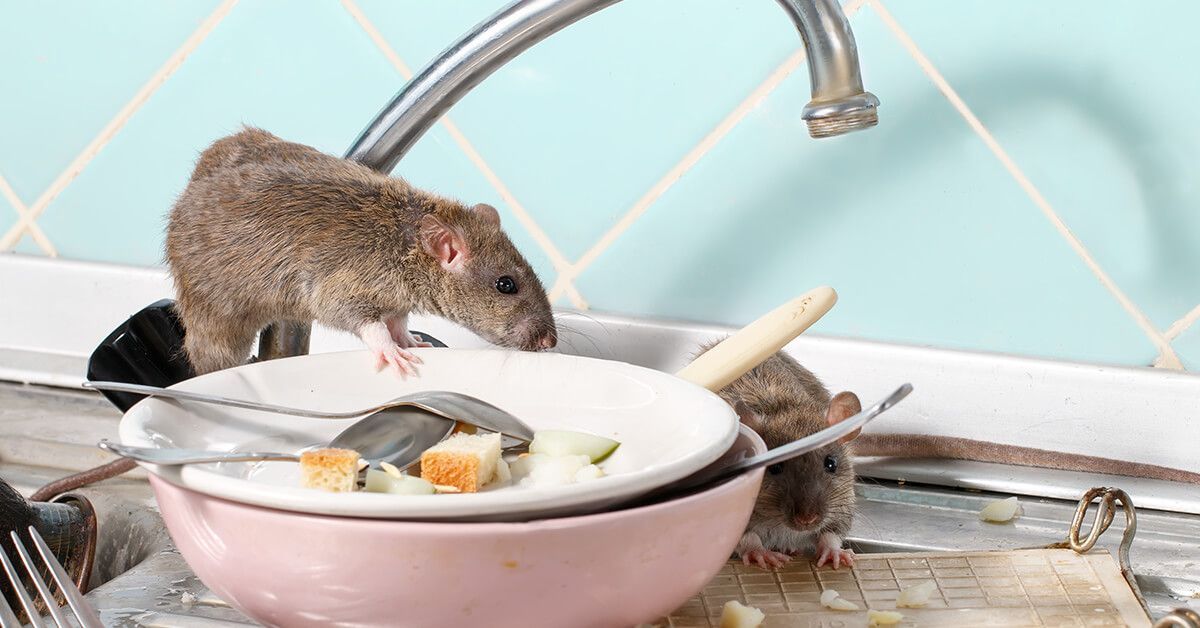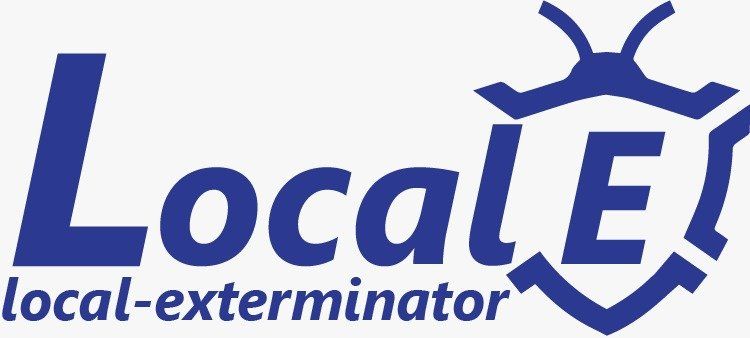Crawl Space Encapsulation: What Is It?
Humid areas of the structure, such as crawl spaces, are more prone to moisture damage over time, which causes fundamental damage and compromises the home’s stability. Crawl space encapsulation systems keep the floor system dry by preventing humidity and maintaining low moisture levels.
Encapsulating a space can be done in a variety of methods, but commonly entails contractors sealing the interior of a crawl space and the underneath of the home to keep moisture out of floor joists and subflooring.
Cost Factors for Crawl Space Encapsulation
There are several encapsulation strategies and pricing factors that influence the entire project cost. Each key cost element is discussed in detail below.
Regulations and Permits
Permits are often necessary for crawl space encapsulation projects, as improper installations have a severe influence on the construction and stability of the property. A permit for this project will cost you between $100 and $250, depending on where you reside and the intricacy of the job. Most professional encapsulation system installers handle these permissions as part of their job, and permit payments are included in the overall price.
The average cost of crawl space encapsulation typically ranges from $5,000 to $15,000, depending on factors such as the size of the crawl space and the materials used. Investing in encapsulation can improve your home's energy efficiency and prevent moisture-related issues.
Labor
Local waterproofing contractors often charge $30 to $100 per hour, although most professionals charge on a job-by-job basis. This task will cost between $3 and $7 per square foot, depending on the materials used and the length of time it takes to complete. It might be difficult for typical homeowners to determine whether or not they require crawl space encapsulation services, but most firms provide free inspections before proceeding with the installation. You will be charged for one hour of labor if the inspections are not free.
Crawl Space Size
The cost is affected by the size of your crawl space, since larger sections need more materials and labor. Crawl spaces larger than 1,000 square feet can cost up to $15,000, while smaller crawl spaces cost between $5,500 and $7,500. For more accuracy when planning your budget and speaking with contractors, measure the square footage of your crawl area before getting quotations.
Prep Work
Before a crawl space can be sealed, it must be accessible, clear of trash and mold, and structurally sound. Clear the space of furniture, appliances, storage bins, and big things before your specialist comes. After that, give it a thorough cleaning or engage a professional to clean crawl spaces for you.
Technicians are trained to detect mold and structural hazards during an examination. If they discover evidence of either issue, they will advise contacting a mold remediation specialist or a foundational repair contractor before starting with the task. The average cost to encapsulate a crawl space typically ranges from $3,000 to $8,000, depending on factors such as the size of the space, the extent of repairs needed, and the materials used. This investment can improve your home's energy efficiency, air quality, and protect against moisture damage and pests.
WATERPROOFING CRAWL SPACE COSTS
Every foundation and crawl area has a different set of encapsulation and waterproofing requirements. Waterproofing the foundation will cost around $4,500 if your professional discovers several leaks or cracks throughout the examination procedure. Depending on the particular requirements of your foundation, this cost varies.
Small projects, for instance, can cost as little as $600, while more difficult waterproofing tasks, which need the installation of drain tiles, gutters, and other items, can cost as much as $10,000. Insulation helps waterproofing, and adding batt insulation often costs $300. Installing spray foam insulation typically costs between $1,320 and $3,900.
CRAWL SPACE VAPOR BARRIER COSTS
Any crawl space encapsulation project must include the vapor barrier because it keeps moisture and humidity from coming in touch with the underside of the house. The price of a vapor barrier for a crawl space varies from $0.50 to $0.70 per square foot, depending on the building materials and the thickness of the barrier. The price of a barrier increases with its thickness, which can range from 6 to 23 millimeters. The cost of waterproofing a crawl space typically ranges from $3,000 to $15,000, depending on the size and extent of the waterproofing needed.
A 4-inch by 180-foot spool of specialist tape used to attach vapor barriers costs around $50. The size and quality of the area will affect labor expenses, which typically include both labor and supplies.
DIY vs. Hiring a Pro
Although there are various encapsulation products accessible from home improvement stores or online, use caution if you decide to tackle this sort of project on your own. Labor expenditures, which make up 30% to 40% of total costs, will be reduced. However, improper installs might exacerbate moisture issues, particularly if you don’t completely seal the region. Furthermore, DIY projects lack work assurances and warranties, so you’re responsible for any foundational damage or installation-related repairs.
Additionally, because of their intricacy, several components of this project, such installing a sump pump and a dehumidifier of professional quality, are inaccessible to amateurs. To take care of enclosing your crawl space, we advise working with a local expert in foundation restoration.
DOES A CRAWL SPACE ENCAPSULATION WORK, AND IS IT NECESSARY?
Moisture, mold, and bugs can build up without encapsulation and harm the area. Damage to the foundation and structures is significant, and taking preventive steps like this is less expensive than replacement or repair.
Cleaning and encapsulation help to preserve the structural stability and increase the energy efficiency of your house. Sealing and waterproofing are required, especially in locations with high moisture levels, to maintain the structure of the home.




